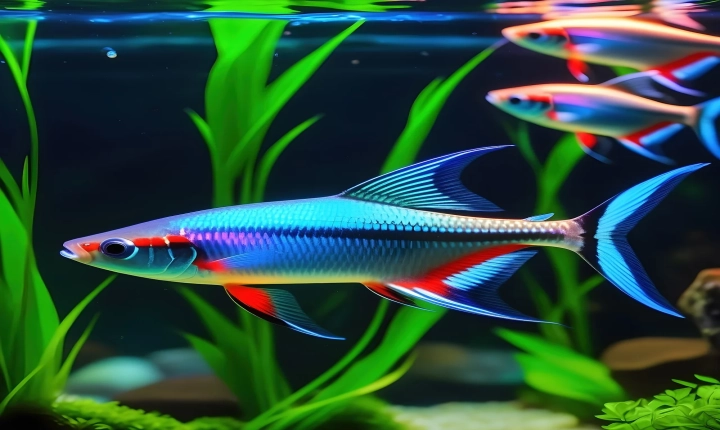AI-generated art has been a topic of much debate in the art world in recent years. As technology continues to advance, it has become easier for machines to create artworks that seem eerily human-like. However, many argue that AI-generated art lacks the authenticity and emotional depth that human-created art possesses. The question remains: is AI-generated art bad for the art world?
One of the main criticisms of AI-generated art is that it lacks the emotional connection that is often present in human-created works. Art has always been a way for artists to express their inner emotions, personal experiences, and unique perspectives. AI, on the other hand, lacks the ability to experience emotions or draw from personal experiences, which raises questions about the authenticity and depth of AI-generated art.
Another concern is that AI-generated art could devalue the work of human artists. If machines are capable of creating art that is virtually indistinguishable from human-created art, the value and significance of human creativity could be diminished. The art world may become flooded with mass-produced AI-generated artworks, potentially overshadowing the individuality and originality of human artists.
Additionally, some argue that AI-generated art lacks the creative process and intentionality that is present in human art. The act of creating art is often a deeply personal and introspective process for human artists, involving intuition, creativity, and decision-making based on personal experiences and emotions. AI, on the other hand, operates based on algorithms and data inputs, which some argue cannot capture the same level of creative depth and intentionality.
However, there are those who argue that AI-generated art has its own merits and potential benefits. Proponents of AI-generated art suggest that it serves as a tool for artistic exploration and innovation. It can push the boundaries of what is possible in the art world and open up new avenues for creativity. AI-generated art can also provide opportunities for collaboration between humans and machines, leading to unique and groundbreaking works that would not be possible through traditional means.
Furthermore, AI-generated art raises important questions about the nature of creativity and expression. By challenging traditional notions of artistic creation, AI-generated art encourages us to reconsider the role of technology in the creative process and the definition of art itself. It prompts us to explore the boundaries of what it means to be an artist and what constitutes authentic and meaningful artistic expression.
In conclusion, the debate over whether AI-generated art is bad for the art world is complex and multifaceted. While there are valid concerns about the authenticity and emotional depth of AI-generated art, there are also potential benefits and opportunities for innovation. Ultimately, the impact of AI-generated art on the art world will depend on how it is integrated and understood within the broader context of human creativity and artistic expression. As technology continues to evolve, it is crucial to engage in thoughtful discussions and critical reflection on the future of art in the age of AI.
